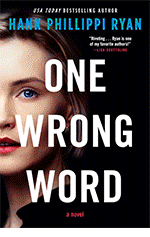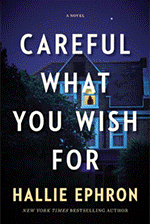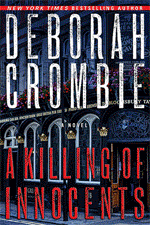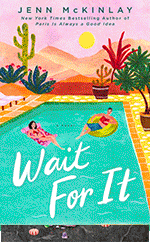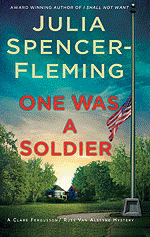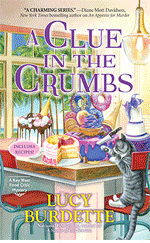HALLIE EPHRON: Welcome, once again, to WHAT WE'RE WRITING (OR NOT) WEEK on Jungle Red...
Awhile back I started writing a story about three generations of women living in a Brooklyn brownstone. The oldest (a psychic who is in her 70s) lives on the top floor. Her daughter (in her late 40s, a psychologist) is one floor down on the parlor floor. And on the garden level and in her 20s, the granddaughter who is an influencer on social media.
Generational combat ensues.
I opened with writing with the oldest woman narrating. Easy peasy. Next chapter, her daughter, a research psychologist, takes over as narrator. And we were rolling along nicely ...
But when it came to writing the youngest, I hit a wall. What would she sound like? What would she notice, admire, find annoying? What would be her blind spots? Sources of irritation. And what words and phrases would she use to think about that?
The "voice" wouldn't come to me.
So I put the work aside. Realizing I needed to rethink the premise... maybe the two older women live above a cat cafe and a whole host of weirdos, animal and otherwise, live on the garden floor? That, or talk to a whole lot more Gen Z influencers.
The wisdom of this was validated recently as I read the many articles that have been coming out as we approach the new year, cataloguing recently coined turns of phrase and vocabulary of Generation Z. I am... to use a phrase from some past generation... clueless.
So would you be as lost as I am, trying the write convincing Gen-Z-speak?
Here's your quiz... What terms in PART A go with the descriptions in PART B? (Answers are below.)
PART A - Terms
1. CHOPPED
2. SHREK - SHREKKING
3. AURA FARMING
4. 6-7
5. BALLERINA CAPUCCINA
6. GEN Z STARE
7. RAGE BAIT
8. LOCKING IN
PART B - Definitions
A. Rude slang term for dating people who are perceived not to be on par with their mates
B. An intense-focus state of someone bent on reaching a goal.
C. Gen Alpha's favorite series of numbers
D. You would not want someone using this term to describe your appearance.
E. A member of the Italian brain rot crew, an absurd group of A.I.-generated characters (in a meme that flooded TikTok)
F. A condescending blank stare that GEN Zers give to comments that they deem unworthy of responding to
G. Someone who does something repetitive to look cool
H. Attention seeking online behavior
For the answers scroll down...
ANSWERS
1. CHOPPED (D)
2. SHREK - SHREKKING (A)
3. AURA FARMING (G)
4. 6-7 (C)
5. BALLERINA CAPUCCINA (E)
6. GEN Z STARE (F)
7. RAGE BAIT (H)
8. LOCKING IN (B)
So how'd you do?
And what weird expressions did you grow up with that would baffle today's twenty-somethings?












